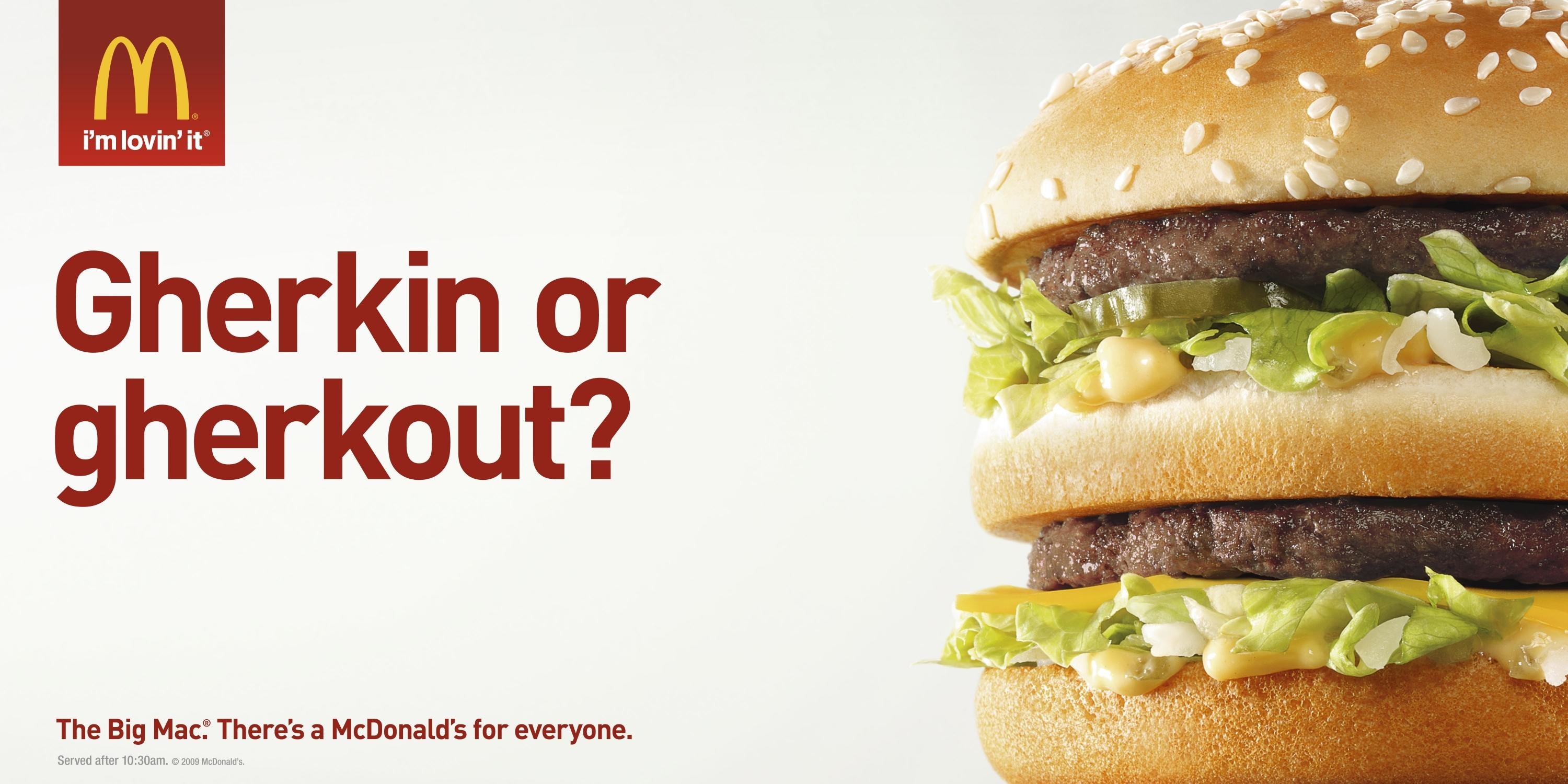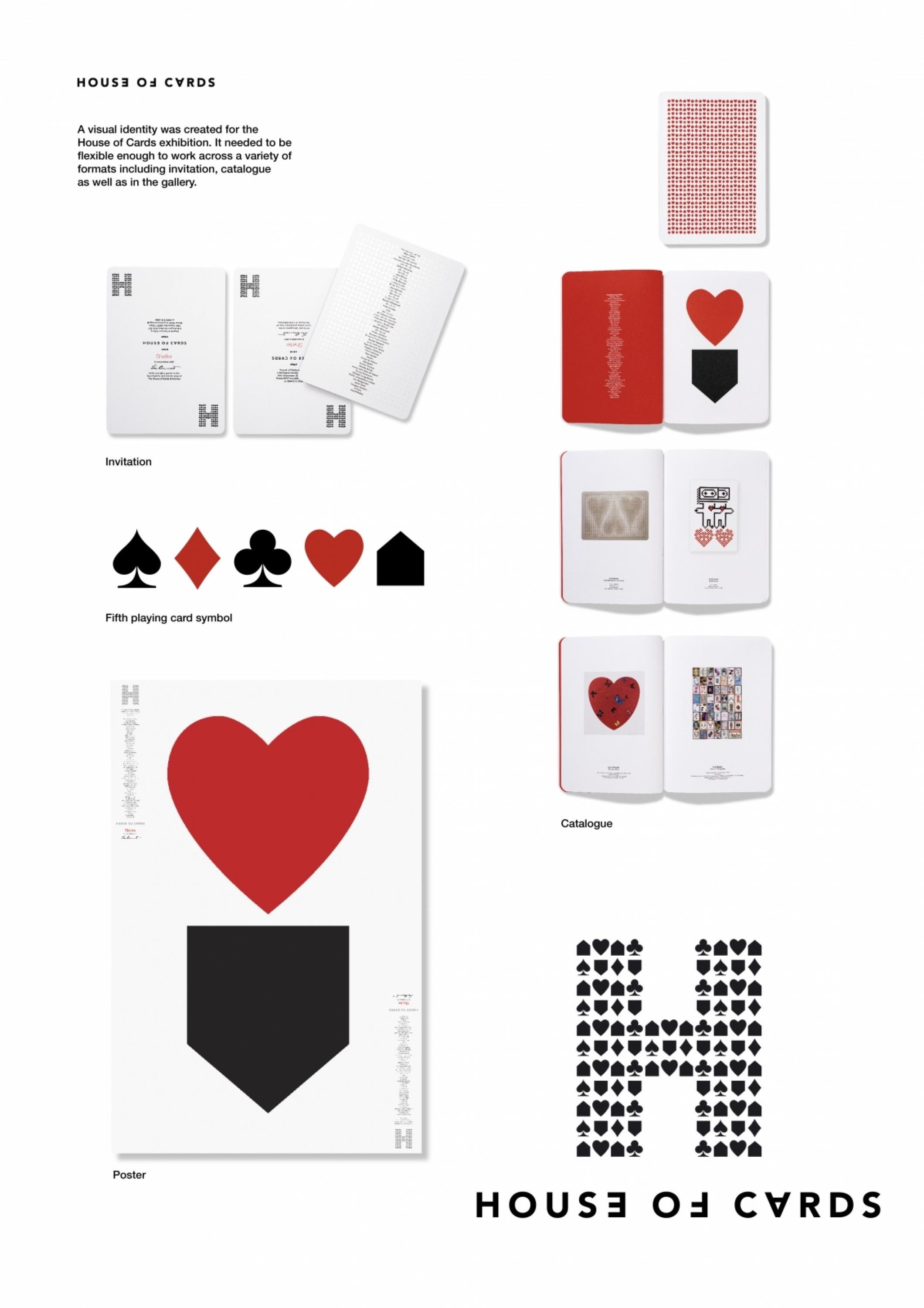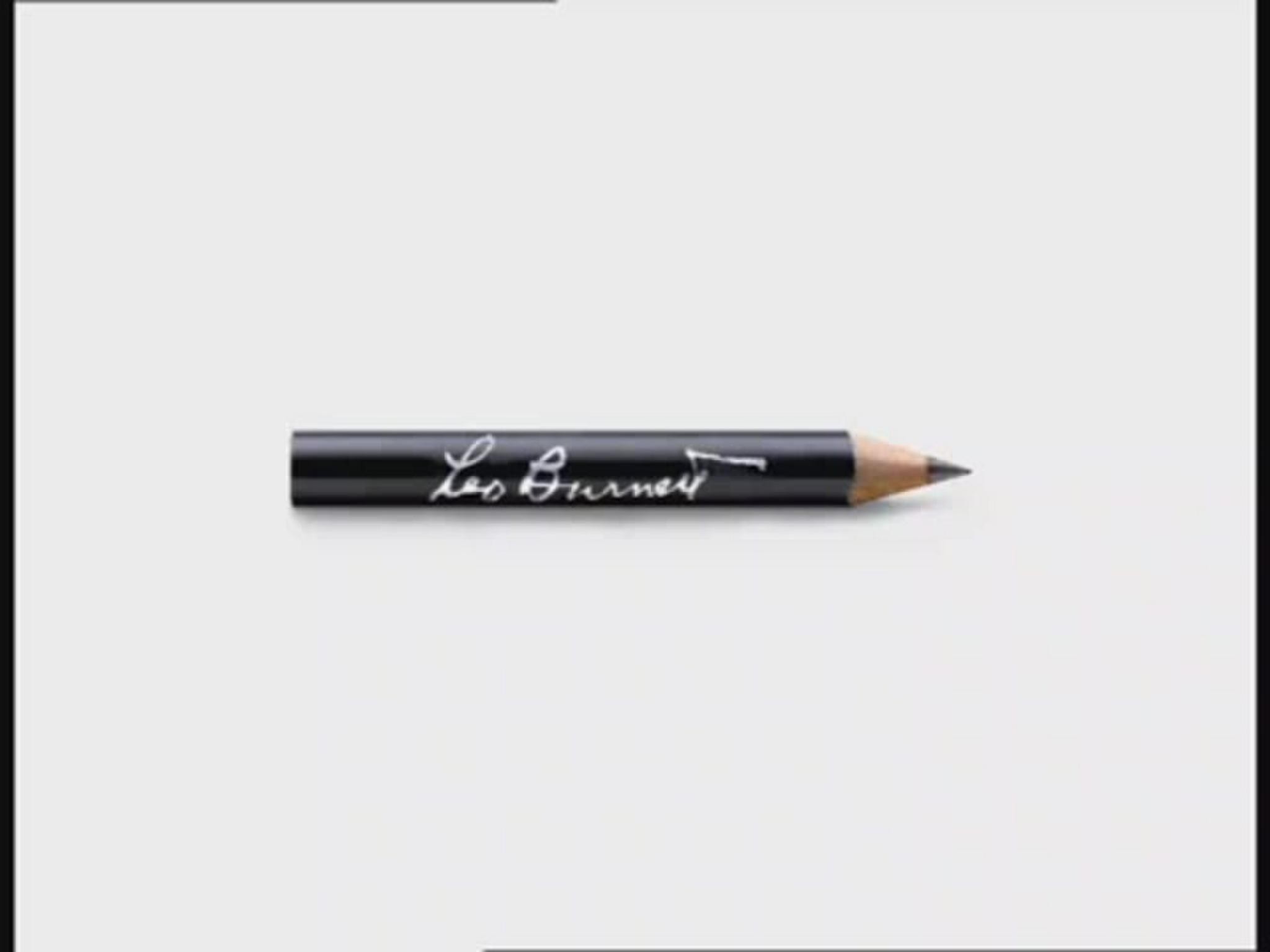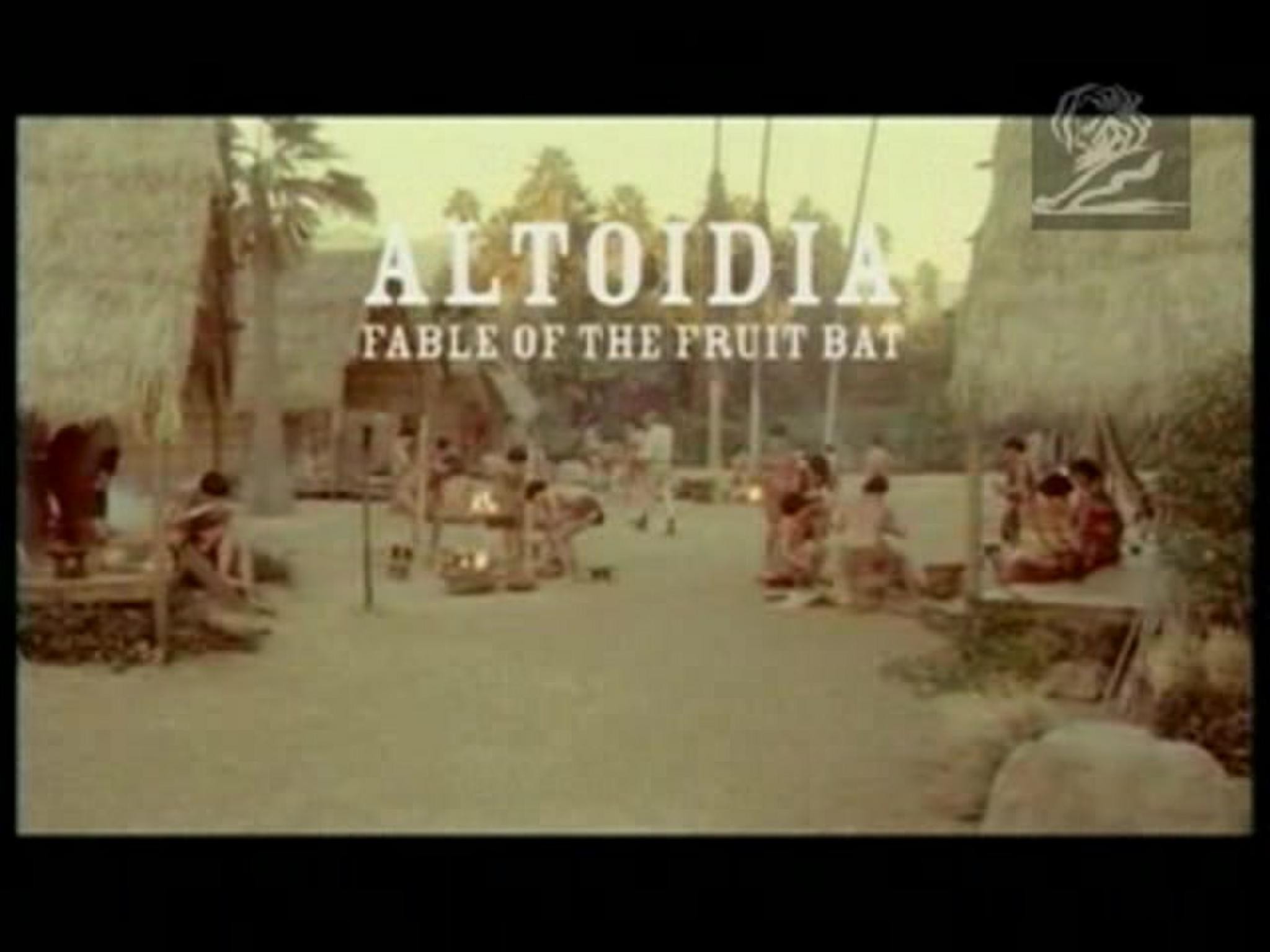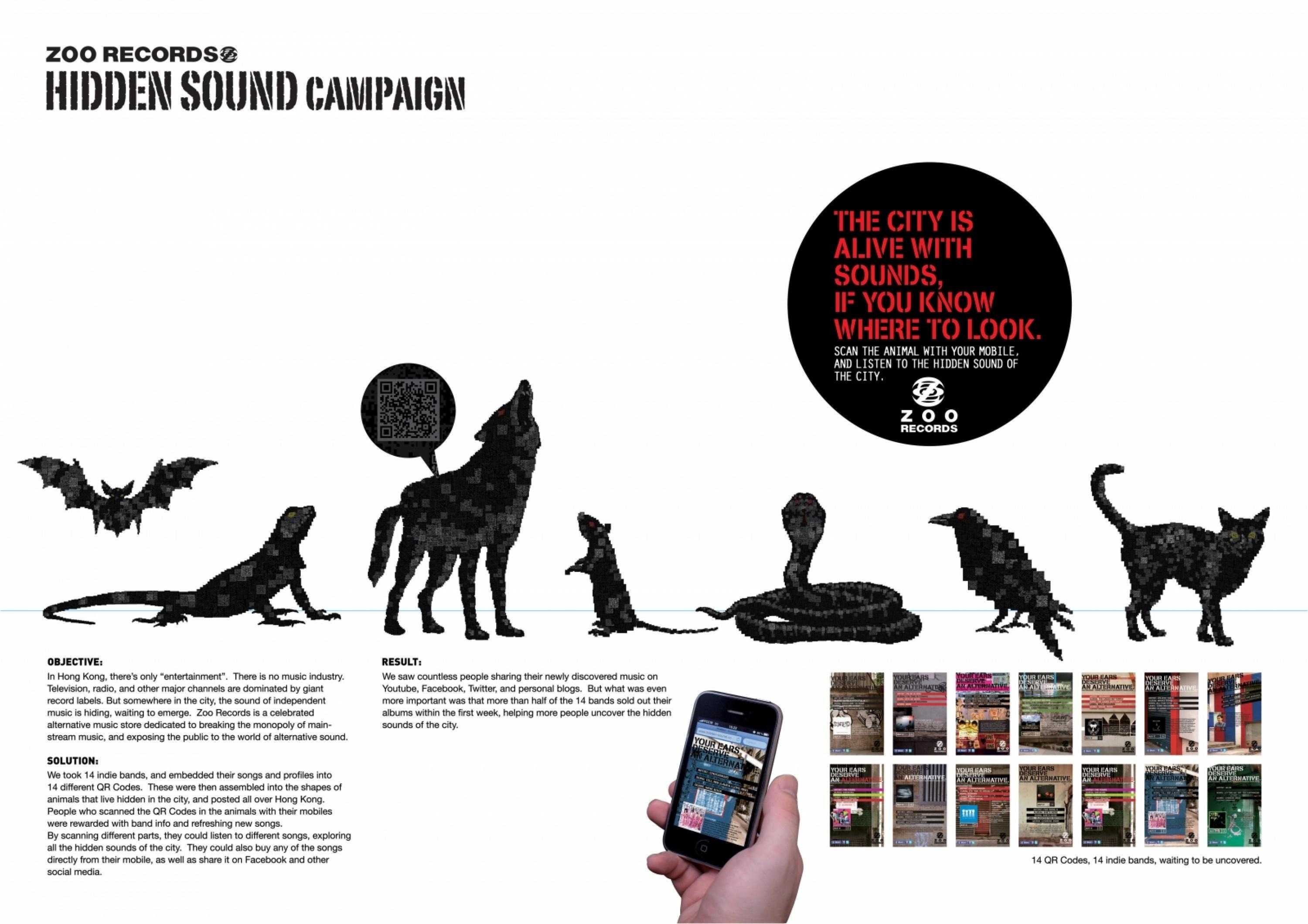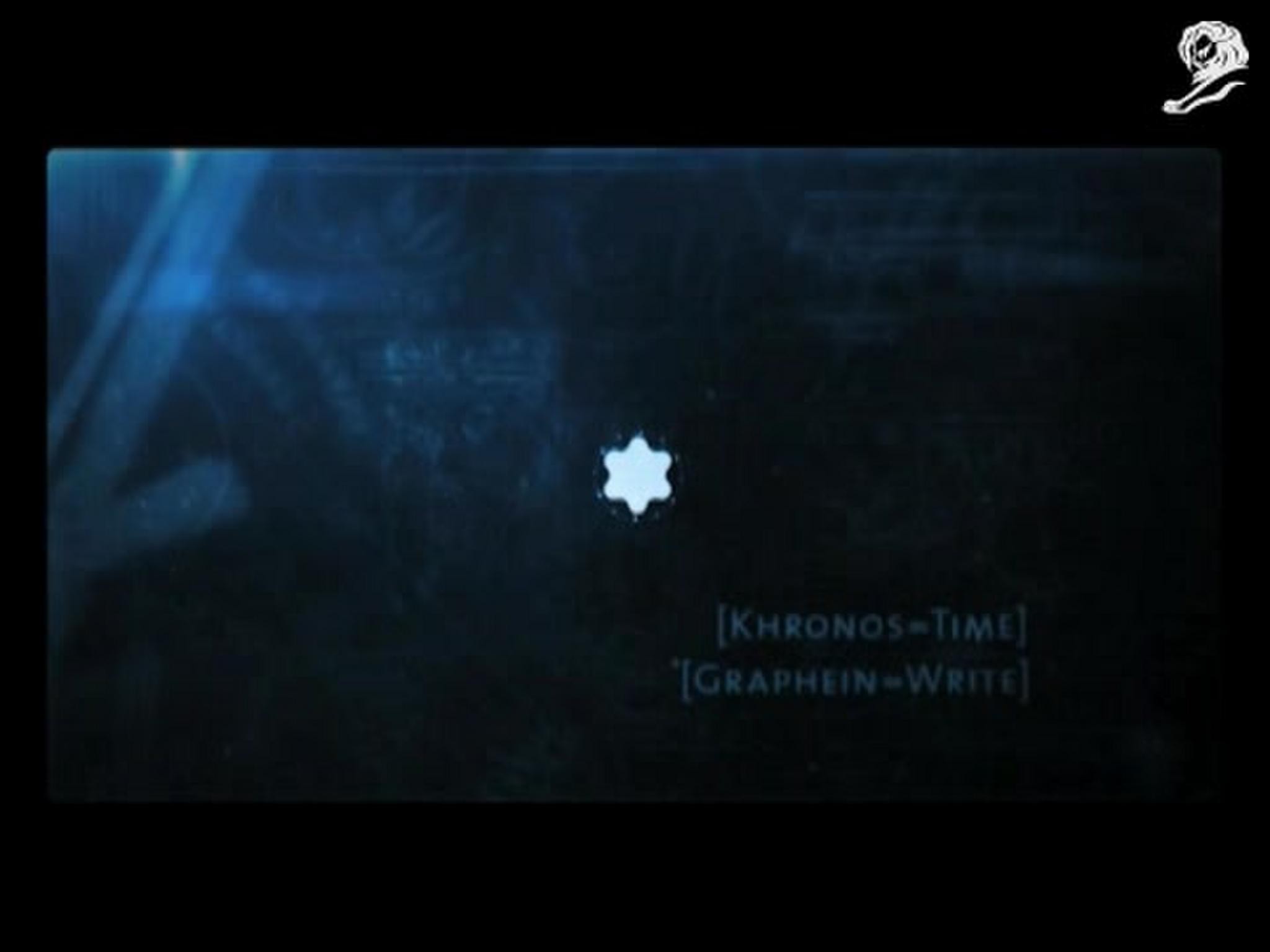Innovation > Innovation
ONE HOUSE TO SAVE MANY
LEO BURNETT, Sydney / SUNCORP GROUP / 2022
Awards:



Overview
Credits
Overview
Why is this work relevant for Innovation?
‘One House To Save Many’ is innovative in a number of ways:
It is the world’s first home designed, scientifically tested, and built to withstand cyclones, floods and bushfires.
It was the first time that a panel of experts in insurance, cyclone mitigation, flood mitigation and bushfire mitigation had been brought together to work on an architectural project.
It upended insurance category conventions by focussing on prevention, rather than simply financial protection.
It led to Suncorp creating industry-first products off the back of the learnings like “Build it Back Better”.
Background
Each year in Australia, we see homes destroyed and billions spent on rebuilding due to severe weather events. And even more troubling is that these are now occurring with more ferocity and frequency.
There have been more Category-5 cyclones in the last 20 years than in the preceding 100. Severe flooding is occurring 30% more often in the Pacific region. And calamitous bushfire seasons are starting earlier, and burning for longer.
In other words, Australian homes simply aren’t built to withstand Australian weather. In 2020 alone, 134,000 homes were damaged.
Even as you read this, there are over 100,000 homes in North Queensland that are below minimum standard for cyclone safety, and 90% of homes in bushfire-prone areas across Australia which aren’t built to standard.
Problem definition: The place Australians think of as being safest - their homes - is increasingly vulnerable to a world experiencing rapid climate change.
Describe the idea
Each year, hundreds of thousands of Australian homes are destroyed or damaged
by extreme weather. And each year nothing changes. We just pick up the pieces, rebuild the same way, and hope it won’t happen again. And with the ever-increasing effects of climate change, the problem is only getting worse.
To help solve this enormous problem, Suncorp partnered with the CSIRO (science organisation), James Cook University and Room 11 Architects to create ‘One House To Save Many’. The world’s first home designed, scientifically tested, and built to withstand cyclones, floods and bushfires.
One House is the blueprint for the future of Australian housing. Enabling Australians to live in harmony with nature, and not in fear of it.
The project launched with a national ad campaign and prime time documentary. The learnings from One House were then made available to the public and presented to government institutions and national building companies.
What were the key dates in the development process?
August 2019:
The concept was first presented to Suncorp as a response to a storm-season-readiness campaign.
It was quickly realised that this was bigger than one campaign, and needed far more time and investment.
December 2019:
Alongside Suncorp’s expertise in insurance, we brought a number of partners. Including ‘Room 11 Architects’, an award-winning team known for sustainable architecture. And ‘James Cook University’, experts in flood and cyclone resilience.
The team commenced the initial design process. This was an iterative process of back and forth between all parties. Testing many different design hypotheses.
January 2020:
One of the most devastating bushfire seasons in living memory made headlines around the world. And we realised the need to include bushfire resilience into the design. So, ‘The CSIRO’ (Australia’s National Science Agency) were brought on board as bushfire experts.
Throughout 2020:
Despite difficulties due to Covid, the iterative design process continued throughout 2020. Various materials, small scale and large scale tests were done at the CSIRO bushfire testing centre and the JCU cyclone testing station.
This involved testing the ‘One House’ design against flood, cyclone and bushfire perils, as well as testing and comparing houses and materials built to the current building code.
The design continued to be refined as a result of the tests.
December 2020:
Another large-scale prototype was built for and filmed in a weather simulator.
We brought in families who had previously lost their homes to see what a resilient home looked like.
April 2021:
The Campaign launched with TV, OOH, print, Social, PR and a prime-time documentary that aired on Channel Nine.
May 2021:
The Australian Federal Government has announced a $600m resilience fund for new disaster preparation and mitigation programs.
December 2021:
Led by Suncorp, the Insurance Council of Australia (A collection of all major Australian insurers) launched Project Resilience - which aims to embed resilience into the National Construction Code by 2025.
Throughout 2021:
The campaign continued to run in the lead up to 21/22 storm season.
News and current affairs shows picked up the story several times, as new disasters hit Australia.
February 2022:
Suncorp launched ‘Resilience Road’. Applying many of the ‘One House’ learnings to the homes on one of Australia’s most vulnerable streets in North Queensland.
Describe the innovation / technology
‘One House To Save Many’ has many innovative features.
It is the world’s first home designed, scientifically tested, and built to withstand cyclones, floods and bushfires.
The ‘One House’ design was costed up to be an affordable resilient solution with easily sourced materials, rather than an unattainable, costly design.
It was the first time that a panel of experts in insurance, cyclone mitigation, flood mitigation and bushfire mitigation had been brought together to work on an architectural project. This knowledge sharing led to solutions that applied to multiple perils. For example, we discovered that wind is a huge cause of destruction in both cyclones and bushfires. So, the methods for making One House more resilient against windows being broken during cyclones also protected from windows blowing out in bushfires.
Many of the techniques and materials had dual purposes for different perils. For example, It was the first time that security mesh screens had been used to protect a home from cyclone debris and bushfire embers, instead of break-ins.
And as a result of the learnings, Suncorp created a new industry-first product.The “Build it Back Better” promise applies the resilience learnings from One House to every home they rebuild.
Describe the expectations / outcome
IMMEDIATE OUTCOMES:
As a result of the learnings from One House, Suncorp have created an industry-first product. “Build it Back Better” applies the resilience learnings from One House to every home they rebuild.
20M+ earned impressions across national news outlets.
Documentary aired multiple times on a major broadcast network.
MID-TERM OUTCOMES:
The Federal Government has since announced a $600m resilience fund for new disaster mitigation programs.
The learnings have been applied to the homes on a vulnerable street in North Queensland.
Suncorp’s business grew significantly. With +38% Consideration amongst non-customers. +7.3% Market share in Home Insurance. +29% Total home insurance quotes. +9% Net home insurance new business.
LONGER-TERM OUTCOMES:
Led by Suncorp, the Insurance Council of Australia has launched Project Resilience - aiming to embed resilience into the National Construction Code by 2025.
Inquiries from 13 leading industry, government and research stakeholders interested in scaling ‘One House’ across the country.
More Entries from Product Innovation in Innovation
24 items
More Entries from LEO BURNETT
24 items










